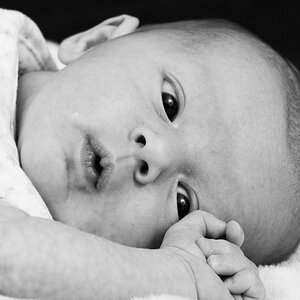BuS_RiDeR
No longer a newbie, moving up!
- Joined
- Oct 29, 2009
- Messages
- 2,355
- Reaction score
- 83
- Location
- Riverview, New Brunswick, Canada.
- Website
- mdlphotography.blogspot.com
- Can others edit my Photos
- Photos OK to edit
I've been debating what type of lens to save up for... And granted, the purchase is a ways off... But I wanted some opinions before I make my final decision.
I am leaning heavily towards a macro lens... In particular the Canon EF 100mm F/2.8 Macro.
Can anyone suggest a better choice? Or am I on the right track...
This will be my first Macro Lens and I will be using it for general purpose macro shooting. No specific type of Macro yet...
Also, I have given the extension tube option some thought.. But, I think I'd prefer a "dedicated", so to speak, macro lens.
I am leaning heavily towards a macro lens... In particular the Canon EF 100mm F/2.8 Macro.
Can anyone suggest a better choice? Or am I on the right track...
This will be my first Macro Lens and I will be using it for general purpose macro shooting. No specific type of Macro yet...
Also, I have given the extension tube option some thought.. But, I think I'd prefer a "dedicated", so to speak, macro lens.


![[No title]](/data/xfmg/thumbnail/34/34344-0b42e0e92ad436e6710a1b9c4585d6df.jpg?1619736379)
![[No title]](/data/xfmg/thumbnail/37/37629-fa70c9f81cc7da4d6a9b512502f9bf84.jpg?1619738155)
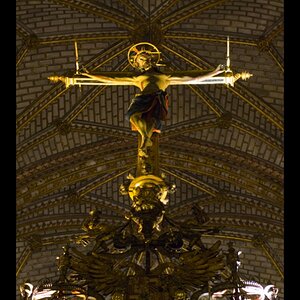
![[No title]](/data/xfmg/thumbnail/34/34347-8b81549fefc38aca163688d07a9f5ced.jpg?1619736384)
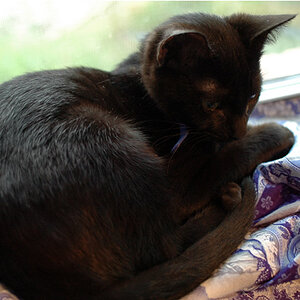
![[No title]](/data/xfmg/thumbnail/30/30995-7e48e5498fe9a56ea3d405cf87f3a1ec.jpg?1619734558)
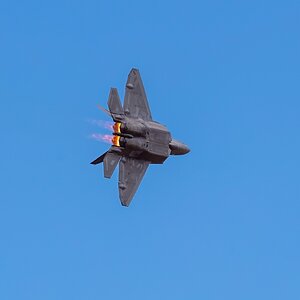
![[No title]](/data/xfmg/thumbnail/37/37625-7e132688457d56e50320a8c99a79fe38.jpg?1619738154)
![[No title]](/data/xfmg/thumbnail/32/32945-a29b33c040ad72e4b783ea5e431cec65.jpg?1619735778)
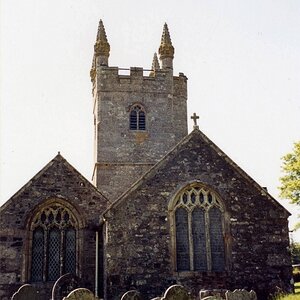
![[No title]](/data/xfmg/thumbnail/32/32944-550374cc056b8618b47594b3cc6e1574.jpg?1619735777)
